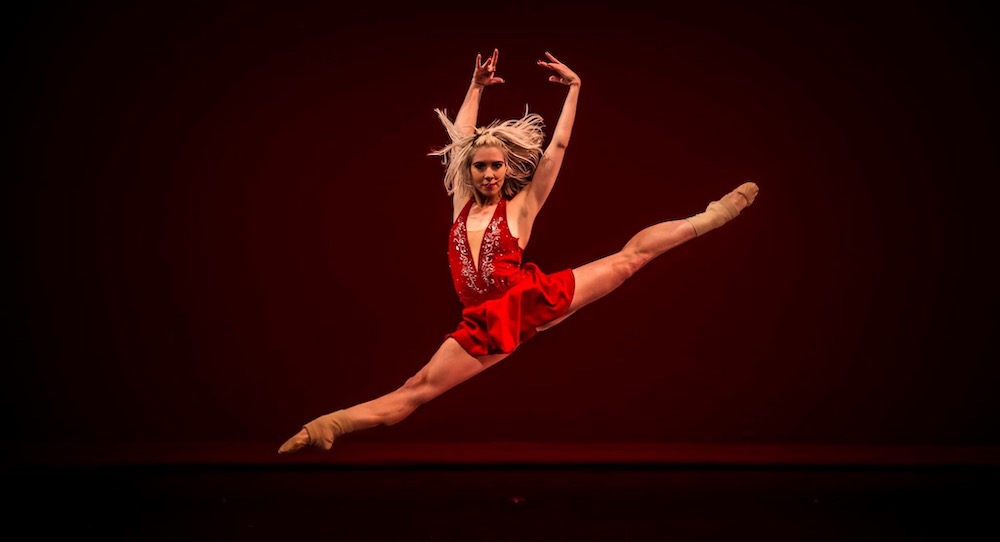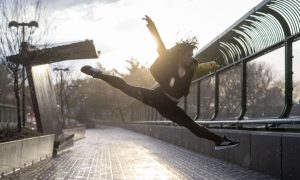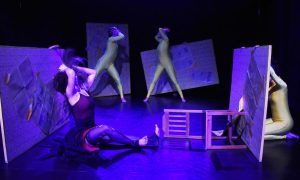Spring is in full swing, and the flowers in bloom and warmer weather has us jumping for joy! In fact, jumping is just that – joy in movement. There’s nothing more exciting than seeing a gorgeous dancer leap across the stage, and not many things compare to the feeling you may get when you do a grand jeté and feel as if you’re flying through the air.
Even though there is such a joyful quality in jumping, it is important to learn to jump safely, and there are exercises you can do to improve your jump. Here, Dance Informa speaks with some professional dancers and teachers about their favorite jumps and most useful jumping tips.
What are your favorite jumps to execute, and why?
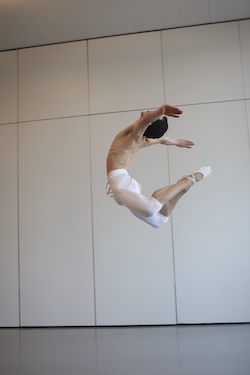
Dannys Gonzalez. Photo by Tonchi Finkin.
Dannys Gonzalez, performer and teaching artist with Accent Dance NYC
“My favorite jumps are grand allegro – combinations of big and brilliant jumps and tours en l’air because I feel I can embrace the whole stage. I also really enjoy doing petite allegro. In class, those combinations are great for warming up the feet and require your mind to be very focused and fast.”
Mei Yamanaka, artist with Jody Oberfelder Dance
“I like grand jeté and jeté entrelacé. I was really good at jumps when I was kid. It was always something that felt very natural for me. As we get older, the mechanics change to get us into the air, but the feeling of freedom is the same.”
Francis Veyette, co-founder of Veyette Virtual Ballet School, faculty at Miami City Ballet School, former principal dancer at Pennsylvania Ballet
“As a dancer, I always really liked big jumps. I loved doing the biggest double cabriole, double assemblé or tour en l’air I could. But what I found the most fun was petite allegro. I used to try and fit in extra beats (and maybe the odd double tour) and do more bending and traveling. It was a challenge to see how far I could take the combination and stay on the music.”
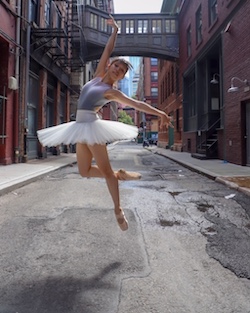
Hiroko Kodaira. Photo by @aarontylerphotography.
Hiroko Kodaira, freelance dancer in New York City and New Jersey
“I like big jumps because it really looks like dancing on the stage.”
Jayna Ledford, LBGTQ influencer, Montclair State University dance major
“The grand allegro/big jumps are my favorite because it involves traveling and spans the whole stage. There is so much freedom in moving across a big stage or studio and feeling like there are no limits. I also like the footwork involved in the petit allegro combos. It usually requires more detail in the articulation and placement of the feet and legs. It makes your brain be one step ahead of your feet, which is always a fun challenge!”
Adrienne Canterna, dancer, choreographer and director
“My favorite jumps to execute are big jumps! I love to use my power and to feel the full weight of my body taking off and then feeling weightless in the air! It’s euphoric.”
How do you feel when you’re jumping?
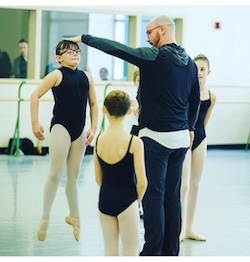
Francis Veyette with students. Photo by Alexis Ziemski and April Singleton.
Veyette
“Jumping always made me feel strong. I know you’re supposed to say ‘like I’m flying’, but that wasn’t really how I felt. Jumping is effort. Push as hard as you can and hold on in the air. Hold the right muscles like our stomach, back and butt to maintain your position. And use other parts of the body easily for articulation, such as your head and hands. Jumping high and not making good positions is easy. Making good positions but not jumping is easy. Doing both is hard, and I’m not sure I ever really got it right myself. My students are better!”
Canterna
“I feel so powerful. I feel light and strong at the same time. I’ve always loved to jump!”
Gonzalez
“When I am jumping, I feel suspended in the air like a photo was taken at that moment to catch the shape at its peak height. I also feel like I am challenging the laws of gravity. There is so much freedom in that feeling.”
Kodaira
“When I get a good rhythm and timing, my body feels like it becomes a super ball.”
What are your top tips and secrets for good jumps?
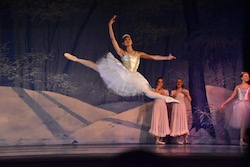
Jayna Ledford. Photo by Dwayne Dunlap.
Ledford
“If you want a bigger ballon, use more plié leading into the jump. Teachers have always told us to jump as if we are getting our picture taken at the peak. Hold the pose longer while descending, too. The ending is just as important!”
Kodaira
“I usually really care about timing and quality of plié. I always try to imagine that the music leads my core.”
Veyette
“Use your turnout. If you engage your turnout, that’s more muscles for your jump. Jumping turned in leaves strength behind. Put your heels down as a student. If they come off the floor, it’s because you have gone deep into your demi plié and they’ve come off, not because they never went down. This moves the effort to your quads and knees, which isn’t the worst thing in the world, but not the best. The closer the heel is to the floor the more our ankle can flex. The more our ankle can flex, the more muscle fibers in our calf are recruited to the push. Then, fire away. No holding back. A jump should be fast and explosive.”
Are there any specific exercises or conditioning methods you do to help your jumps?
Gonzalez
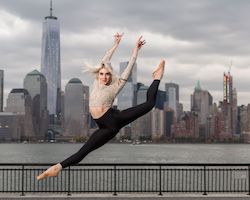
Adrienne Canterna. Photo by Andrew Holtz.
“The work at the barre from early training is very important because you learn the proper use of the foot in relationship with the floor. I push the floor with my toes in the tendu, jeté and frappé exercises. By paying attention to the details of the foot, you will develop the strength in the foot you need for a good and strong jump.”
Canterna
“I cross-train at the gym doing cardio and weights, and I use my Flexistretcher to keep my muscles both flexible and strong. Go outside if you can! Skip, jump, hopscotch, play. Feel the energy in your body, and use it to jump!”
Ledford
“Since most of my training was as a male dancer, there was more focus on jumps, which helped to develop my strength in my thighs and knees. Female training for jumps is not that much different but does not get as much emphasis as for males. I am glad to have the background and training to have strong jumps so I can fly high!”
Yamanaka
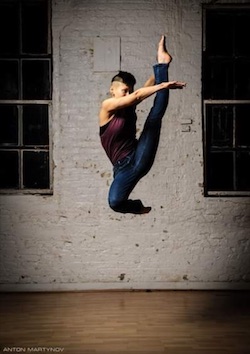
Mei Yamanaka. Photo by Anton Marynov.
“Keep practicing jumps. Jumps help jumps.
Kodaira
“I think every great teacher always says that we should be more careful about the before and after of the jump step, rather than about how much time you’re in the air.”
Veyette
“Don’t be afraid to cross-train! My longest sustained period of non-injury was when I was strength training twice a week with really heavy weight. I didn’t bulk up like people think. My body got so strong and balanced that it could handle the rigors of ballet much easier. We need to start training our students in a full-body method. And jumping should be fun. Don’t be afraid, and take some risks. Jumping is the best for getting in great cardiovascular shape. Ballet was a couple hundred years ahead of the HIIT (high intensity interval training) movement. Do a nice long jump combination, breathe and try and bring your heart rate back down, but go again before it comes all the way back down. It’s really good for stamina. Last and most important thing, stretch after class. Jumping, and ballet in general, are stressful on your body. If your muscles and joints are still sore and hurting from the day before, you can’t work. Ten minutes of stretching after class when your muscles are warm will make your life so much better, trust me!”
By Laura Di Orio of Dance Informa.


